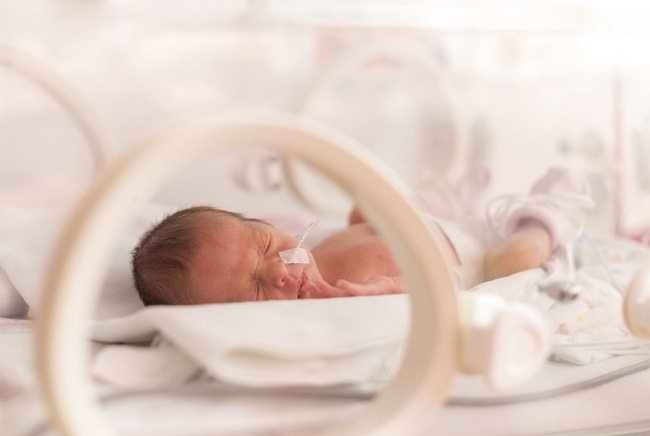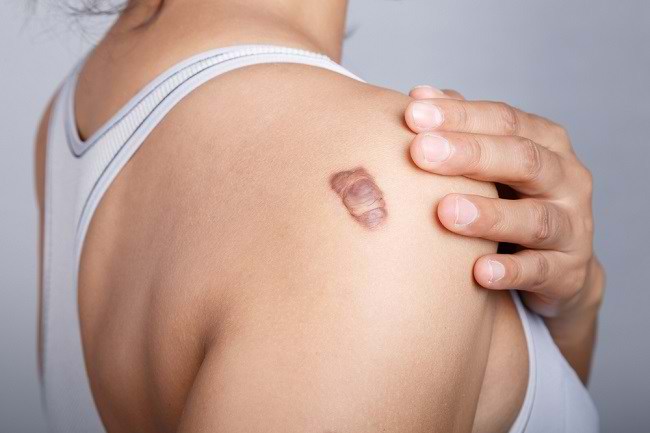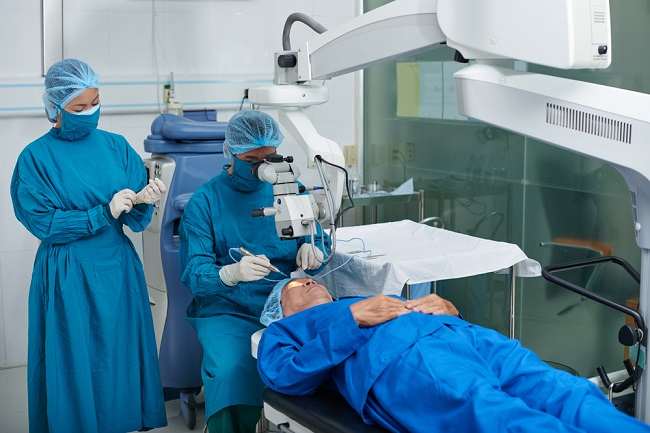Male pattern baldness is the most common type of hair loss experienced by men. This bald head can be overcome in several ways, one of which is through hair transplant surgery.
Pattern baldness or male pattern baldness can begin in adolescence, but this baldness is more common in adult men as they age. Genetic factors play a big role in male pattern baldness. Generally, hair loss and baldness takes 15-25 years.

However, did you know that women are actually at risk for baldness? About 1/3 of women experience hair loss to baldness, especially after menopause. From a social aspect, baldness in women often has a greater impact. Even so, there are several steps that can be taken to prevent baldness from being experienced, including using medical assistance from doctors, and hair transplant procedures.
Hair Transplant Procedure
One way to treat a bald head is with a hair transplant. The trick, hair from the scalp area with active growth is transferred and implanted into the scalp area where the hair is thinning or experiencing baldness.
To perform a transplant, as a first step the doctor will clean the scalp. Then an anesthetic is injected into the area of the scalp that will be removed to become the graft material. The scalp is then lifted and set aside, then the scalp is closed again by means of stitches, the area will be hidden by the surrounding hair.
Next the surgeon divides the strip of skin that will be implanted on the other part of the head into 500-2000 sections, with each section having several strands of hair. The number and type of grafts used depend on the type, quality and color of the hair. The size of the scalp area to be transplanted is also the basis for determining the graft.
After the hair graft is ready, the surgeon will again clean and prepare the location of the hair to be implanted. The doctor will make holes according to the number of grafts made with a scalpel or needle. Then the hair graft will be carefully planted in the holes.
This hair transplant surgery takes about 4-8 hours. Hair transplantation may be repeated if the bald area becomes wider or if the patient wants thicker hair.
Healing Period After Surgery
After the procedure, the scalp may feel so soft that it may need to be covered with gauze for a day or two. The patient will likely be given painkillers, antibiotics and/or anti-inflammatory drugs (anti-inflammatory) for several days. Most patients are able to return to work two to five days after surgery.
Within two to three weeks after surgery, the transplanted hair will fall out. New hair will grow about three months later. For most people, 60 percent of new hair growth is achieved six to nine months after surgery. To promote hair growth, your doctor may prescribe the drug minoxidil after the transplant.
Transplant Side Effects
Like other surgical procedures, hair transplantation as a way to treat a bald head is not without the risk of side effects. Some of the risks of side effects of hair transplants include bleeding, infection, the appearance of scar tissue, and the growth of new hair that is not natural.
Some people even develop folliculitis, which is an infection or inflammation of the hair follicles, when new hair starts to grow. This minor side effect can be cured with antibiotics and compresses.
Another complication that can be experienced is shock, a condition in which hair that grows in the transplant area suddenly disappears. Fortunately, this hair loss is temporary and hair can grow back.
In order to minimize the risk and increase the success of treating bald head with hair transplantation, the procedure should be performed when the patient is in good health. Discuss the benefits and risks of this procedure with your doctor. Also consider the costs involved in the hair transplant procedure, as it generally has to be paid as a personal expense.









